Back in 2011, I wrote about taking a break from my consultant’s role, and about teaching Secondary 4 History for LEARN’s online school platform, in my blog post: Beginner’s Mind: A first-time online teacher’s experience, so far. The learning environment was synchronous, and the students and I were all expected to act like we were “in a real classroom”. Everything we were doing was new to us, the tech, the methods, the communication, all of it, new and different all the time. And that, I assured them, would be our force!
So we spent the first week trying out everything: the whiteboard, presentations, videos, our cameras, and doing collaborative work in the breakout rooms. We had no fear, maybe because we knew we were in it for the long run, so we had the advantage of lots of time to adjust. The pressure in that sense was off.
However, another kind of pressure was building to bring together online materials with workable strategies for my history class. The immediate realization was that in an online environment everything needed to be visible, available, and screen-ready, which meant I had to find, form, organize, and deliver it all. And my students had to interact with it all, from a distance, and then get their work back to me, across the airwaves, between slow connections, disconnections and the like.
No more time for teacher tangents and long-winded discussions (that we all know students love, right?) I had to be on and always on, with my high hopes, a ton of tech skills, crazy creative ways and a fair bit of digital resources already available to back me up. So it was going to be great, right? But you know what? Half-way through the year I just couldn’t keep up. So, out came the classic paper textbook everyone uses, just to make it somehow until June. Something in me had grinded to a halt. I could no longer keep up with the high demands of creating the digital content on a daily basis.
Online Content, Tools and Skills
Now, ten years later and I am back in my consultant role where I have spent most of that time creating many, many online history resources for teachers. I can see that many other things have also changed along the way. Subject-specific content sites are widely available, while practical online tools and collaborative solutions have both evolved, so much so, that sometimes all of the internet seems to be raining down just what we need and showing us how to do it. Many educators are finally able to push the limits of their own computers. Some of us, the brave ones, have actually started to let students use their own devices too. The interwebs are interesting again, with ways and wonders to do history even at home, to do geography everywhere and anywhere too.
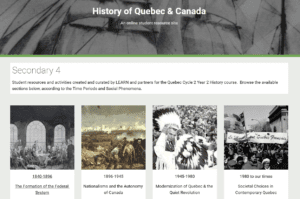 However, gazing out across that landscape of weekly webinars and online PD that are all suddenly (and often temporarily) free, challenges like quick content creation and availability of course specific, viewable, on-screen resources and tools are still paramount. And there is also a need for a bank of appropriate strategic ideas for an effective, inquisitive (and collaborative!) classroom process. How can any new teachers suddenly slammed into my online world find their way? And in the end, how in this wired world do we actually do formative evaluation online?
However, gazing out across that landscape of weekly webinars and online PD that are all suddenly (and often temporarily) free, challenges like quick content creation and availability of course specific, viewable, on-screen resources and tools are still paramount. And there is also a need for a bank of appropriate strategic ideas for an effective, inquisitive (and collaborative!) classroom process. How can any new teachers suddenly slammed into my online world find their way? And in the end, how in this wired world do we actually do formative evaluation online?
Luckily what LEARN and its partners have already created addresses the content creation problem for Quebec teachers directly. Our document collections and organizers, mapping scenarios and Google Workspace tools, with the thousands of texts, images, worksheets and the like, are all digital. They are designed for use with screens and devices, and easily adapt to what you are going to zoom out to your class tomorrow morning.
But now, and here is the news, we are going further. Just like what was achieved for the Elementary sector with Societies and Territories website, we are now building a large secondary-level student resource site that organizes all our past work for our HQC students which is in the works at secondaryhistory.learnquebec.ca.
Process, Collaboration, and Evaluation
So that’s the first stumbling block fixed. But what of the classroom process, collaborative environments, and ultimately dealing with how to track and evaluate students? Well, no one size fits all. From what I remember about my experiences, teaching methods and student learning activities were constantly changing and had to be continually adapted, even within the time limits of one period.
For live and synchronous classes, a variation and depth of activities is crucial. Sure, there can and should be a space for teacher charisma and killing time by telling stories, but that space is really, really small online. I would get away with 5 minutes at the beginning of each session, cameras on, to connect on a personal level, then it was off to the races. What I then wanted was for them to connect, with the facts, the time period, events and issues, and ultimately each other.
As alluded to earlier, effective strategies (with resources and tools) are needed throughout a class, from start to finish, or in other words, during each phase of a typical learning process. For me this meant asking myself a few questions:
- How can I engage students online and how could they further explore their observations by asking questions,
- How and with what tools and sources could they investigate a problem or issue or phenomena and finally,
- How could they create then share a project back to others?
At each phase too, how would this be done collaboratively, in ways that centre around the student’s active research and critical thinking?
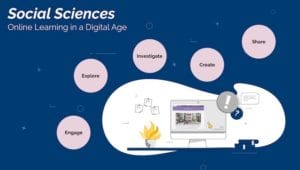 Yes, the times have been changing for all of us, so the “how to teach online” answers are out there if you look, and can be adapted to your needs. But what does this look like specifically in the social sciences, in an inquiry process that is more typical of doing history?
Yes, the times have been changing for all of us, so the “how to teach online” answers are out there if you look, and can be adapted to your needs. But what does this look like specifically in the social sciences, in an inquiry process that is more typical of doing history?
This was the question I asked myself this past year. Thus, the birth of Social Sciences: Online Learning in a Digital Age. It is a teacher resource section where I will continue to develop, collect and share ideas for how to teach subjects like History, Geography, and Contemporary World.
In its infancy now, it is already worth touring a few of our sample teaching scenarios on this section of the website to get a feel for what is possible. For example, an easy-to-use template created with Google Slides describes both the phase of learning and a sample activity, and includes a video capsule to illustrate the process while showcasing elements of the Quebec programs. Available resources, including a few key online collaborative tools, are also listed.
The template for presenting these ideas is simple, and also available, so you can share a SocSci learning phase example strategy you like and that you find effective.
As well, I will be presenting and getting responses from Anglophone teachers across Canada at the Aqeus online conference on October 23rd. This will be one of many future opportunities to share back and touch base with others in the same situation as so many of you.
Sign up for the Aqeus Conference here! | The Agenda is here
As for online learning and teaching, it is not quite like it was when I first started. We have been pushed out of the cave, stumbling, falling over ourselves at all angles and into countless blinding rays of light. But one beam of a bright idea at a time. I figure these new ways of teaching and learning are decipherable, doable together, appropriate to our respective subject areas, even fun. And in the end this will be our force too.
Featured Image credit:
Cave Rock Light Pyramid by -MQ- from Pixabay

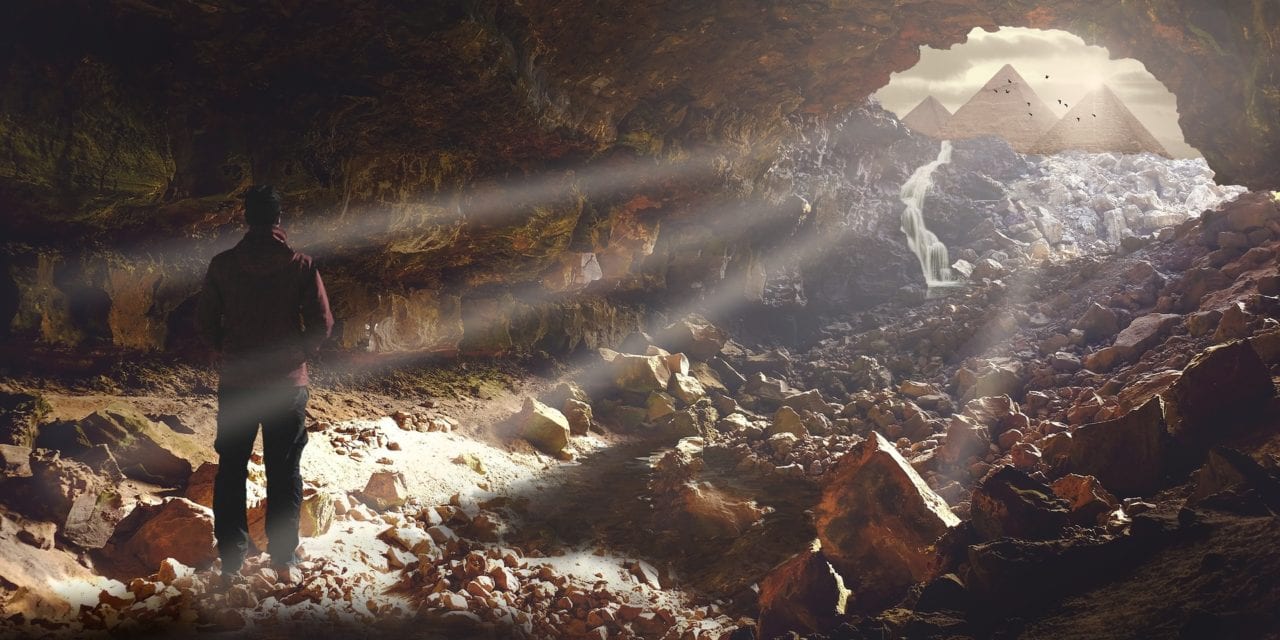
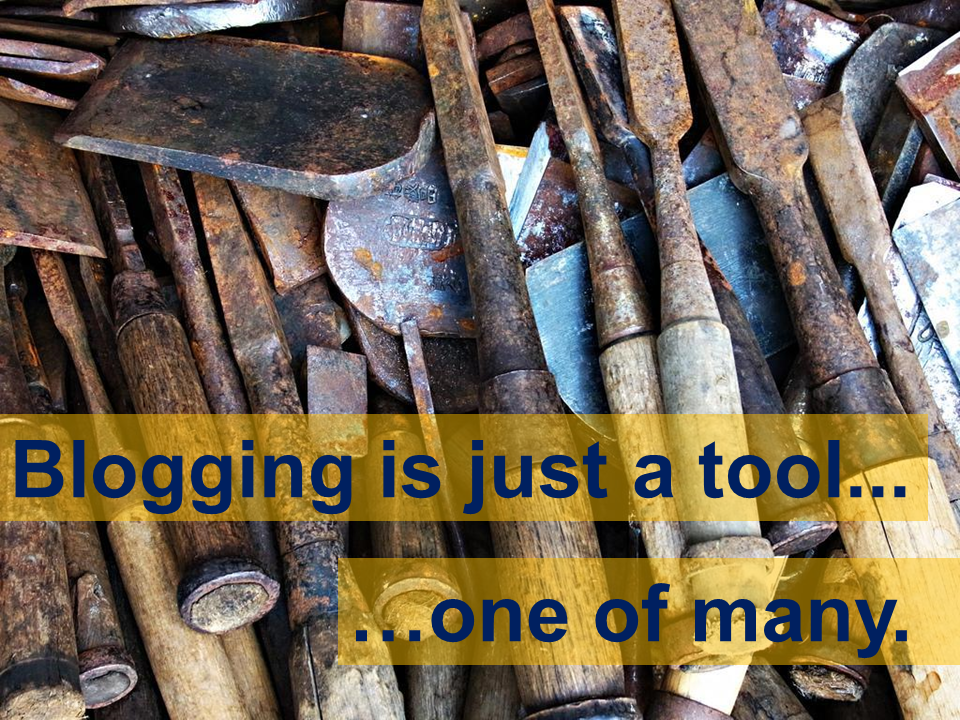
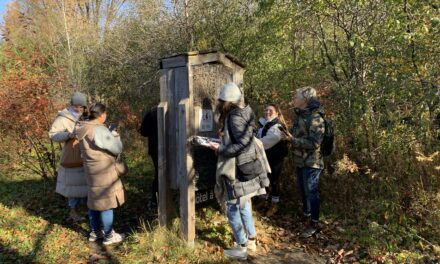


Thank you Paul for an interesting blog full of valuable information. I just wanted to add that for teachers looking to better understand the fundamentals of online teaching, go to our Teacher Toolbox. https://educatorstoolbox.learnquebec.ca/ Last June we gave 3 workshops that were very well attended and delivered by our Virtual Campus team. At the heart of teaching, be it online or in a brick and mortar context, is a solid grasp of learning theory as well as an understanding of what learning actually is.